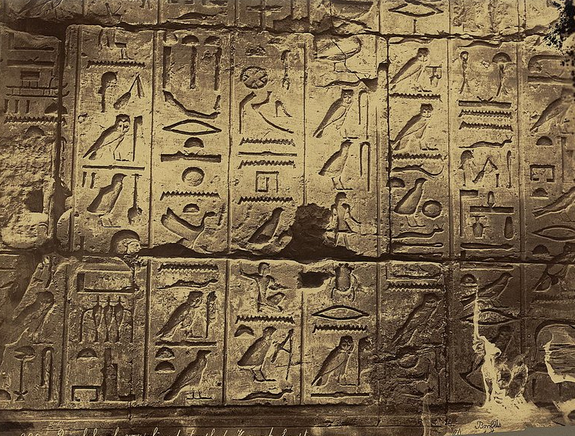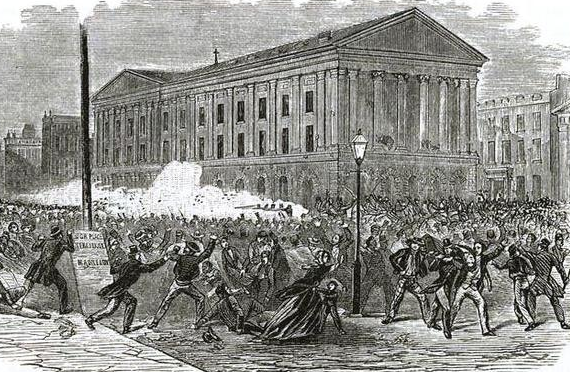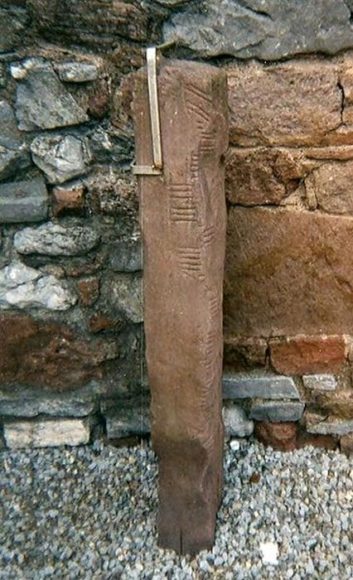Ancient Egyptian Stories Will Be Published in English for the First Time
Pretty much the best news ever…
From Smithsonian.com,
Ancient Egyptian Stories Will Be Published in English for the First Time
Translated from hieroglyphics on monuments, tombs and papyri, the book will present tales few outside of academia have read
By Jason Daley
“While people may view inscriptions in Greek or Latin as pretty, they still recognize their merit as text. Indeed, writings from ancient Greece and Rome are revered and considered classics of Western literature. Egyptian hieroglyphics, however, are often seen as mere decoration. Sometimes, the characters are literally used as wallpaper.
One reason is that schoolchildren and classicists alike have read Greek and Latin widely for centuries. But hieroglyphics and the stories they tell have remained accessible only to a handful of trained scholars. That’s one reason Penguin Classics has published Writings from Ancient Egypt in Great Britain (it will be available in the US in January), the first literary English translation of some of the texts that cover thousands of square feet of monuments and tomb walls.
Egyptologist Toby Wilkinson, a fellow of Clare College at Cambridge University, tells Dalya Alberge at The Guardian that the ancient Egyptian writing is just as compelling and layered as those written by the Romans. “What will surprise people are the insights behind the well-known facade of ancient Egypt, behind the image that everyone has of the pharaohs, Tutankhamun’s mask and the pyramids,” Wilkinson says…”
Read more here.
Share


